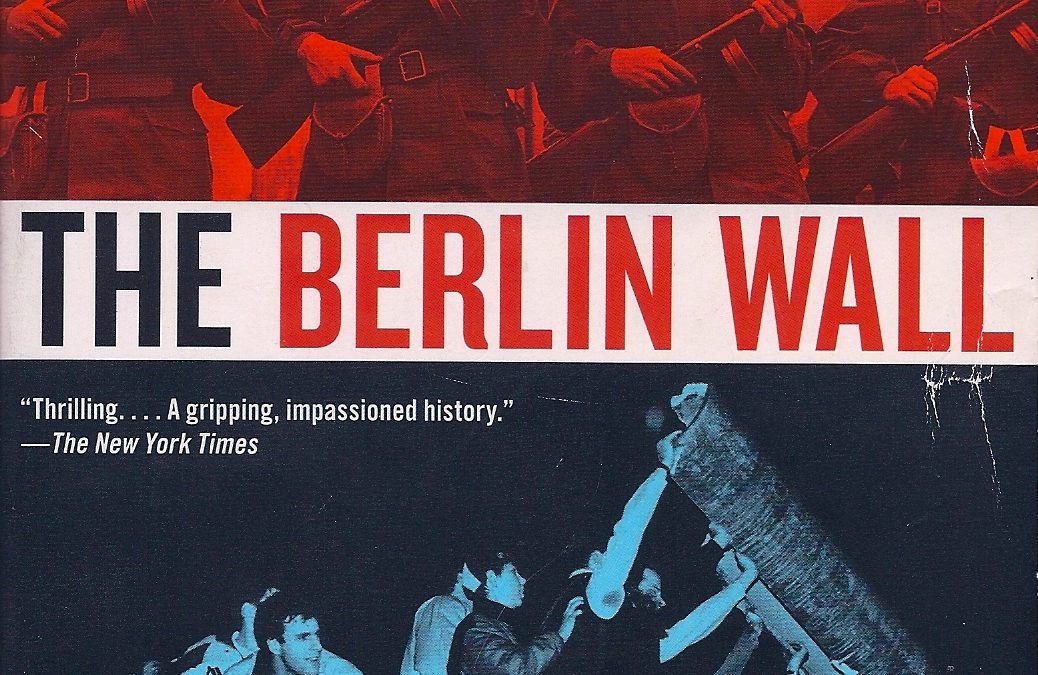Teenager’s Death on the Wall is Still Remembered Almost 50 Years Later
 Two teenage boys made a mad dash out of a deserted building, and the guards opened fire with automatic weapons from about fifty yards away. The boys made it safely over the hinterland fence, and when they hit the ground they kept sprinting for freedom. But they still had to cross the death strip, a treacherous patch of land trapped between the first fence and the eight-foot wall looming in front of them: the Berlin Wall.
Two teenage boys made a mad dash out of a deserted building, and the guards opened fire with automatic weapons from about fifty yards away. The boys made it safely over the hinterland fence, and when they hit the ground they kept sprinting for freedom. But they still had to cross the death strip, a treacherous patch of land trapped between the first fence and the eight-foot wall looming in front of them: the Berlin Wall.
It was August 17, 1962, a year and four days since the East Germans sealed off the border between East and West Berlin, first with barbed wire and then with bricks. During the past year, people had driven vehicles through the fortifications, fled through sewers beneath the divided city, escaped with forged passports, and tunneled their way to freedom. But with every passing month, the Wall fortifications became more formidable.
When the two teenagers reached the Wall, the first one leaped up, caught hold of the top, and pulled himself over, bullets pounding the concrete all around. The second teenager, Peter Fechter, was not so fortunate. A bullet ripped into his leg, and he fell backwards off of the Wall. The eighteen-year-old had been hit in an artery and was sprawled on the ground, bleeding badly.
In full view of West and East, Peter was bleeding to death. He called out for help.
West Berlin police and American soldiers looked on helplessly, under orders not to venture onto eastern soil. The East Germans, meanwhile, claimed they were too afraid of being shot by westerners to retrieve the dying boy. A huge crowd gathered on the western side to watch the horrifying spectacle.

East German soldiers carry away Peter Fechter’s body.
Finally, about an hour later, East German soldiers ventured out and retrieved Peter Fechter. They used a smoke screen to conceal themselves from the crowd of westerners and their cameras. But stark film footage and still shots captured it all as the soldiers carried the limp body back east.
Peter Fechter was pronounced dead at the hospital soon after. It’s possible he was already dead when they retrieved his body at the Wall.
In the days that followed, violent demonstrations exploded on the western side of the Wall, as protestors attacked the Soviet War Memorial in the British sector of Berlin. Peter Fechter became the most famous martyr in the twenty-eight-year history of the Berlin Wall, which stood from 1961 until 1989.
I just signed a contract for my next novel, The Puzzle People, which will explore the rise and fall of the Wall through the eyes of three fictional couples. Peter Fetter’s tragic story does not come into play in the tale, but I do base several escapes on actual attempts. For the past month, I have begun to immerse myself in the world of East and West Berlin–the music, clothing, politics, television, art, and the church, which played a key role in the ultimate fall of the Soviet empire. But The Puzzle People, due out early next year, is not just about escapes. It is about the fragmentation of a country still reeling from the devastation and humiliation of World War II. It is also about the fragmentation of relationships and the ultimate expression of such division–murder. But above all, The Puzzle People is about reunification and redemption.
“What have you done? Listen! Your brother’s blood cries out to me from the ground,” said the Lord after Cain had struck down his brother Abel in history’s first recorded murder. In the battle between the brothers and sisters of divided Germany, Peter Fechter’s blood cried out from the death strip for almost twenty-eight years.
But when the Wall came down in 1989, the miracle was that no blood was spilled. Just champagne.
By Doug Peterson
